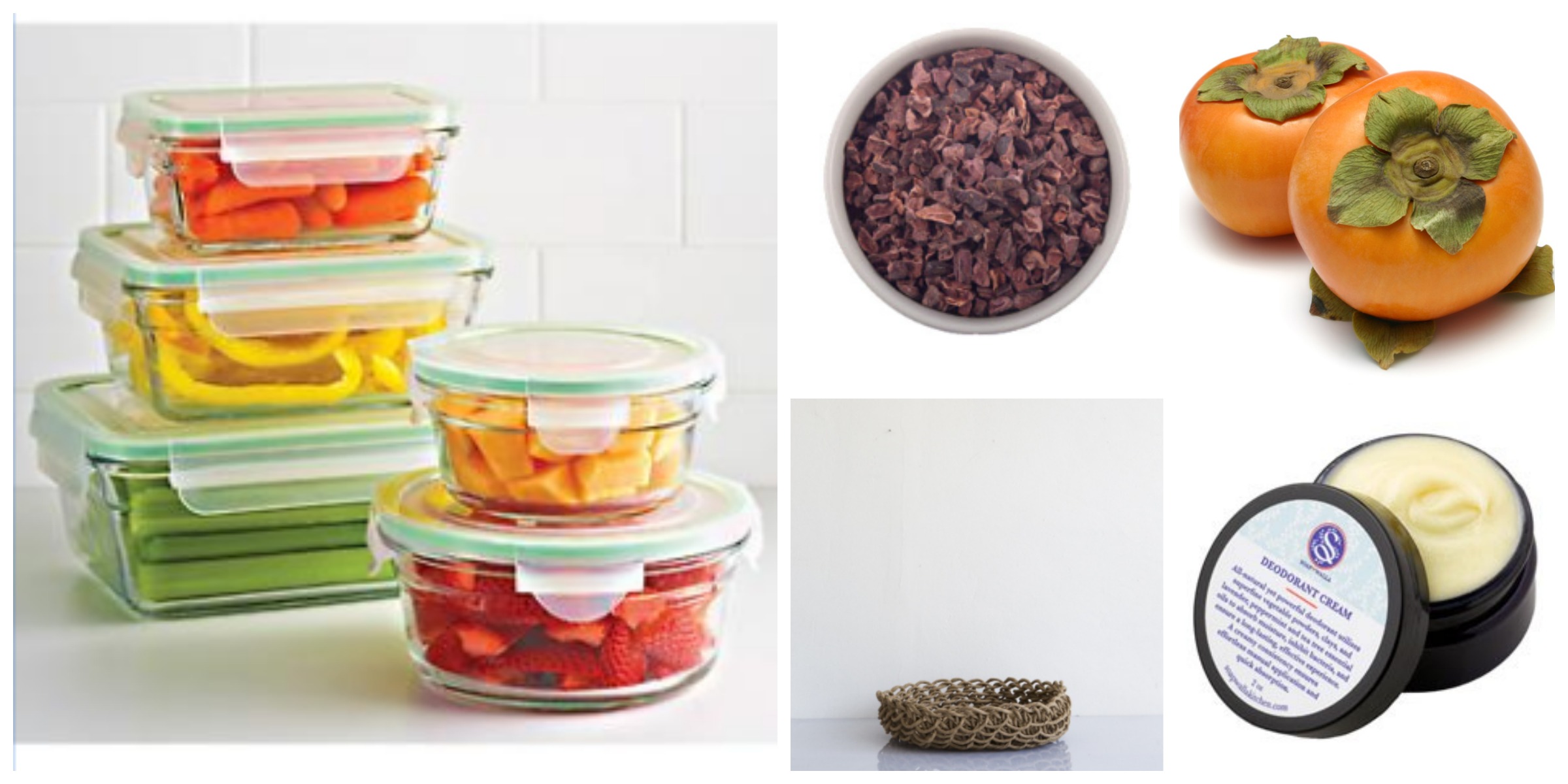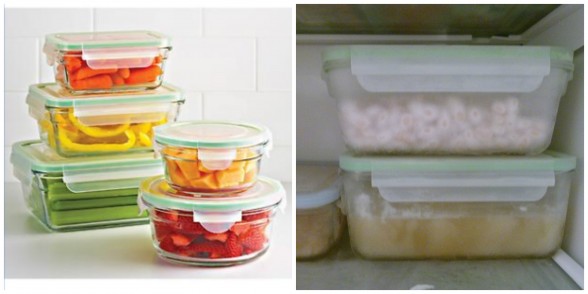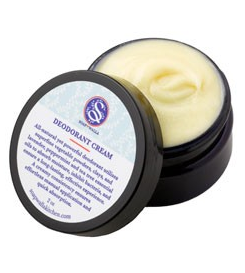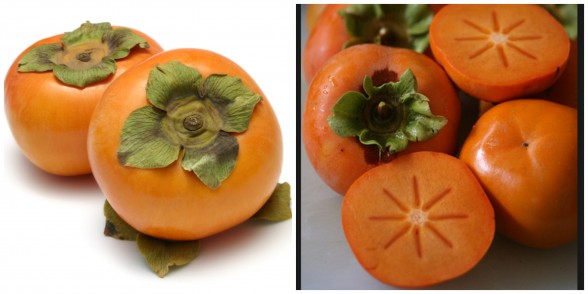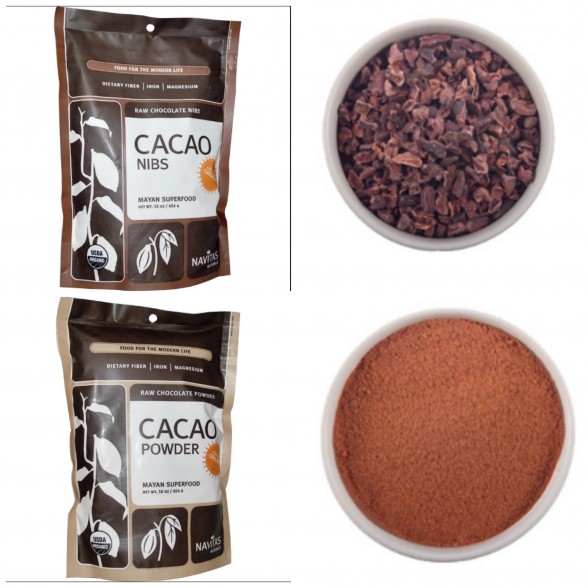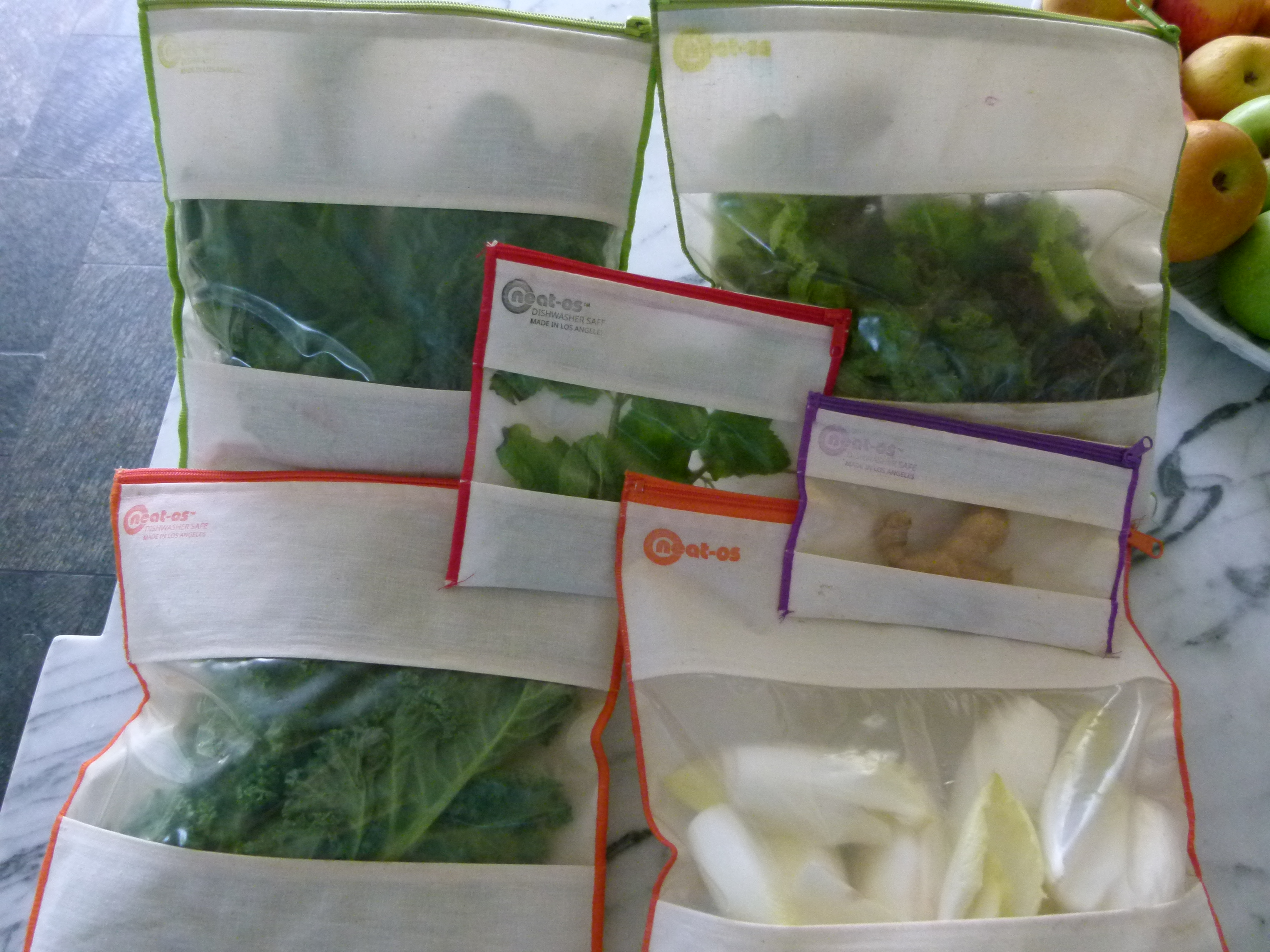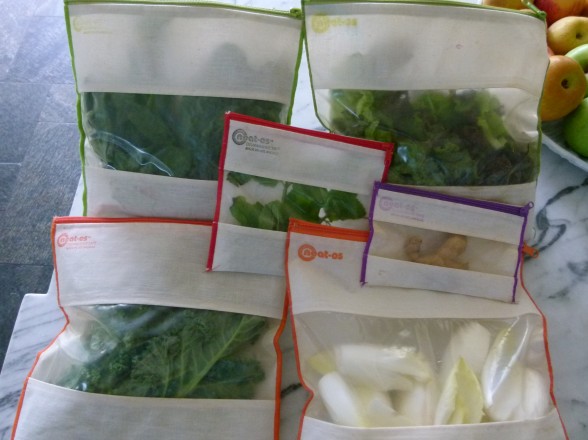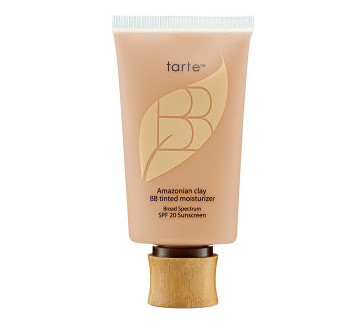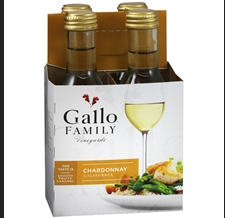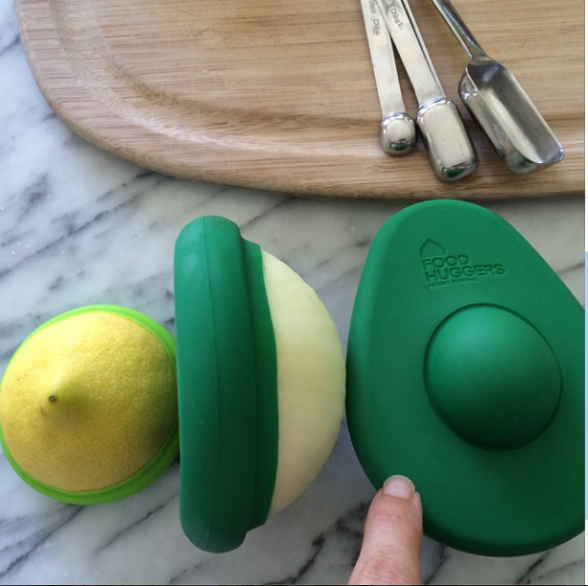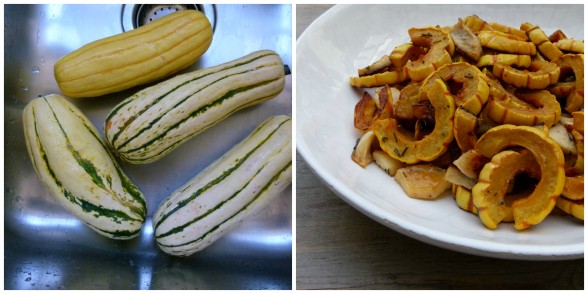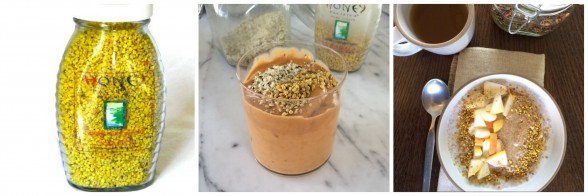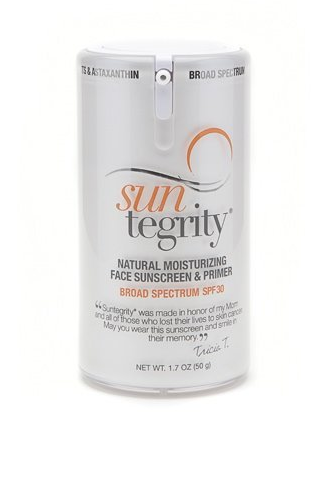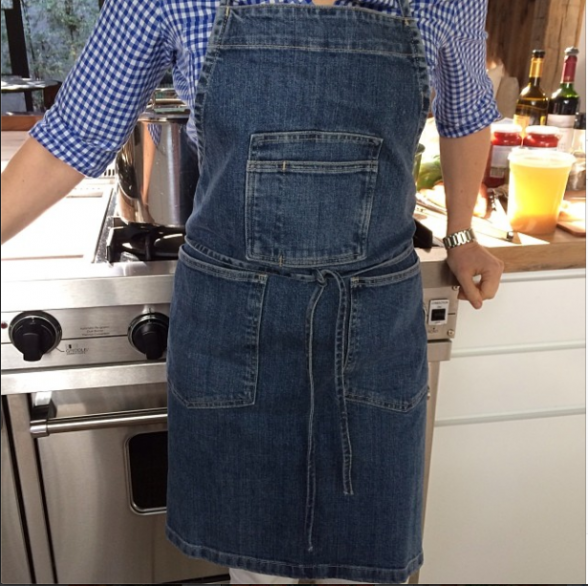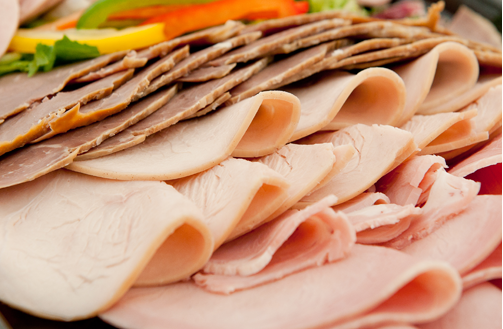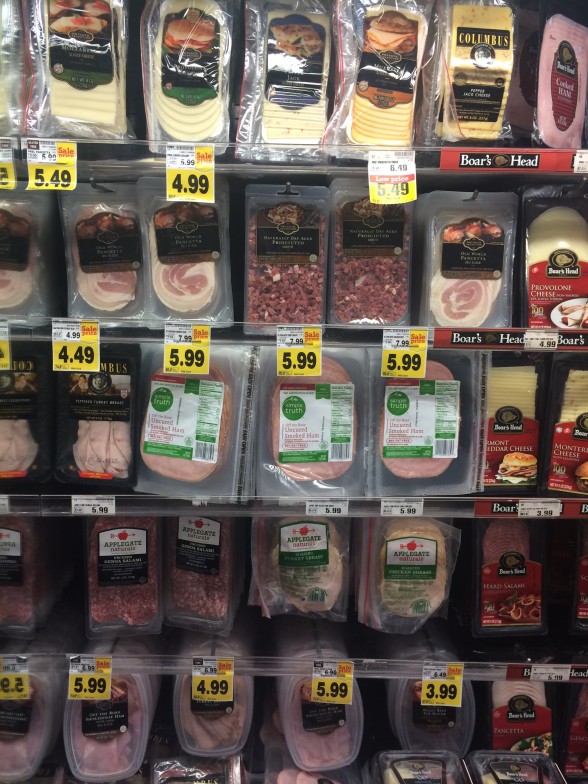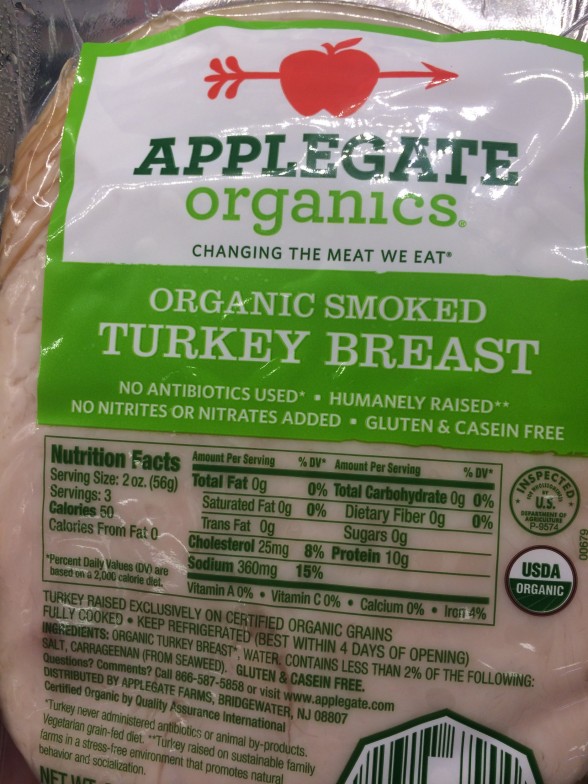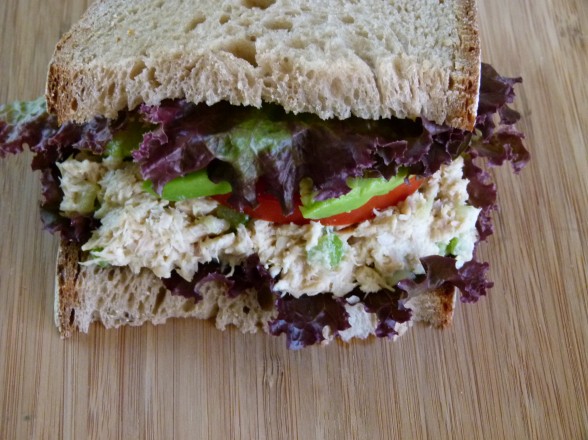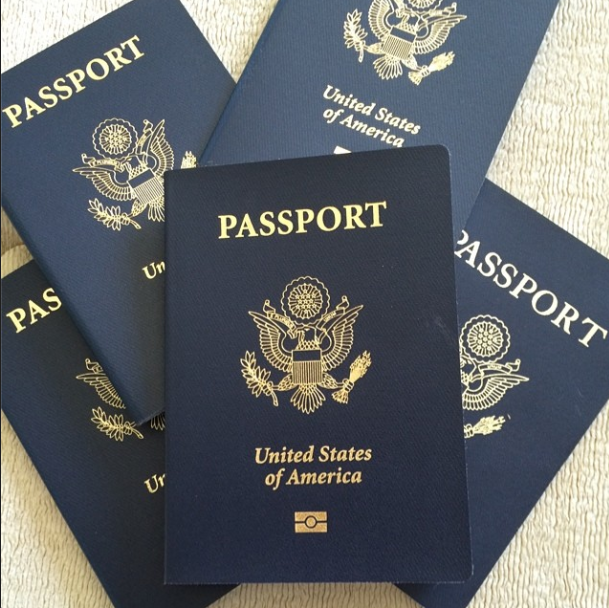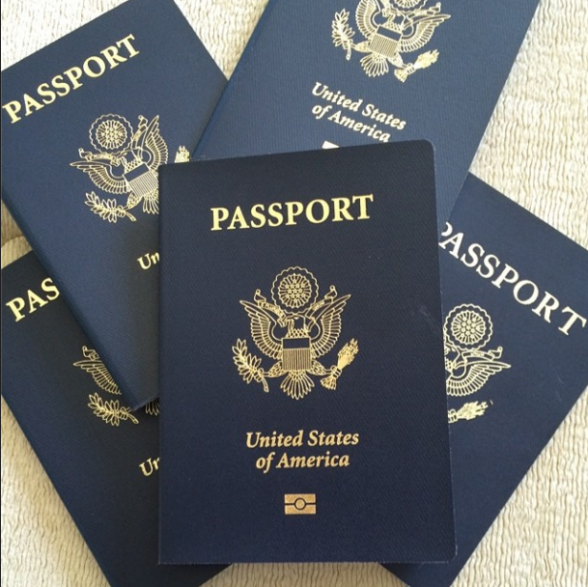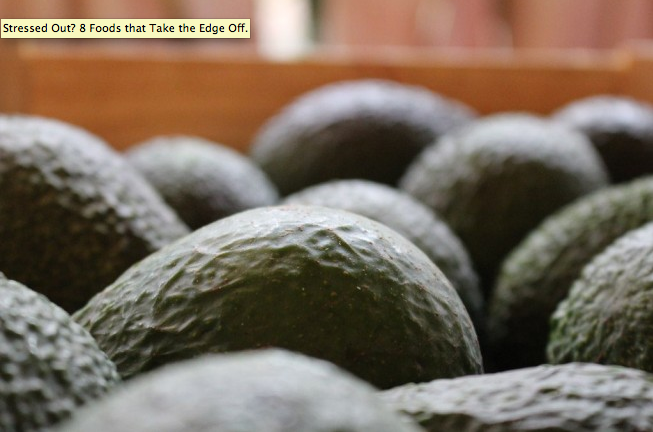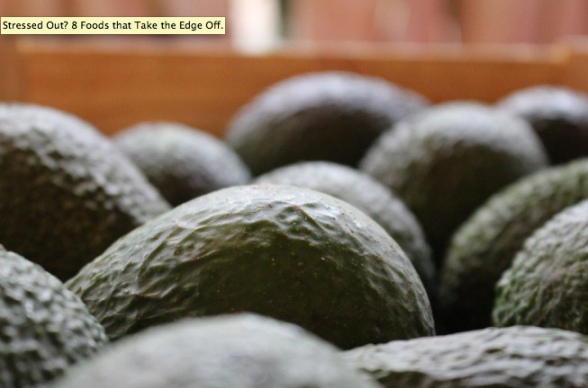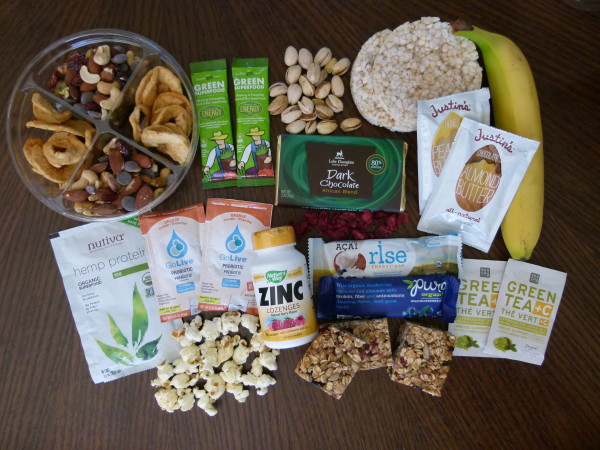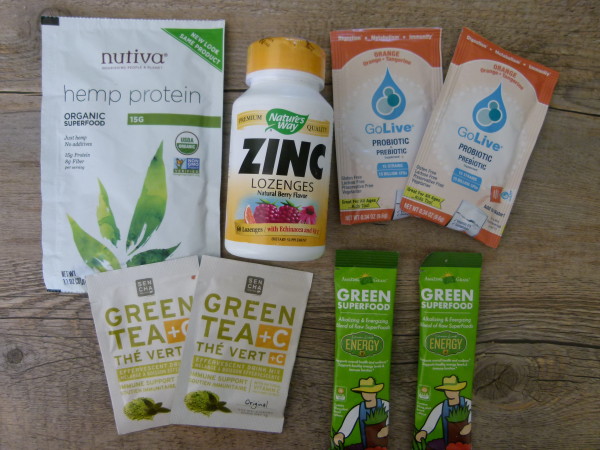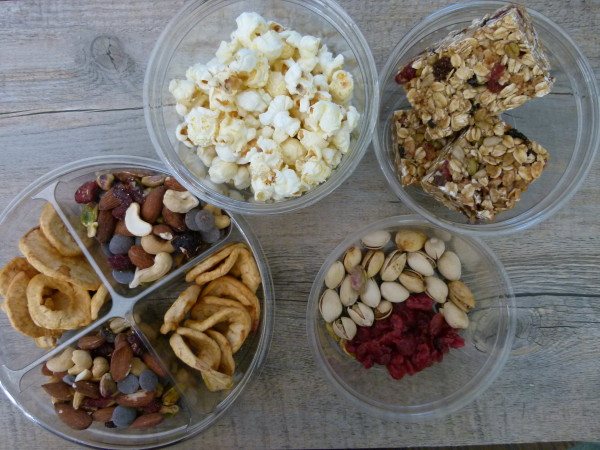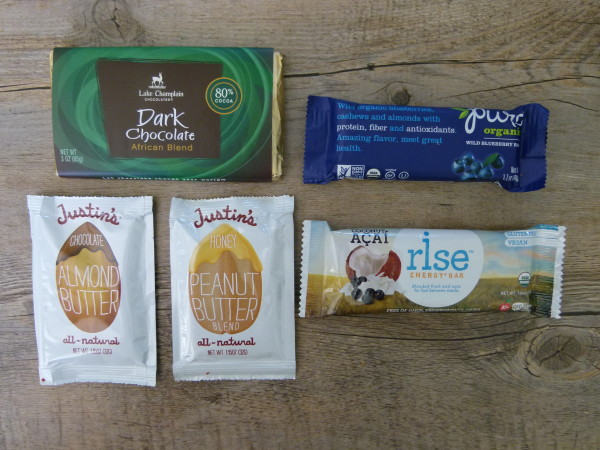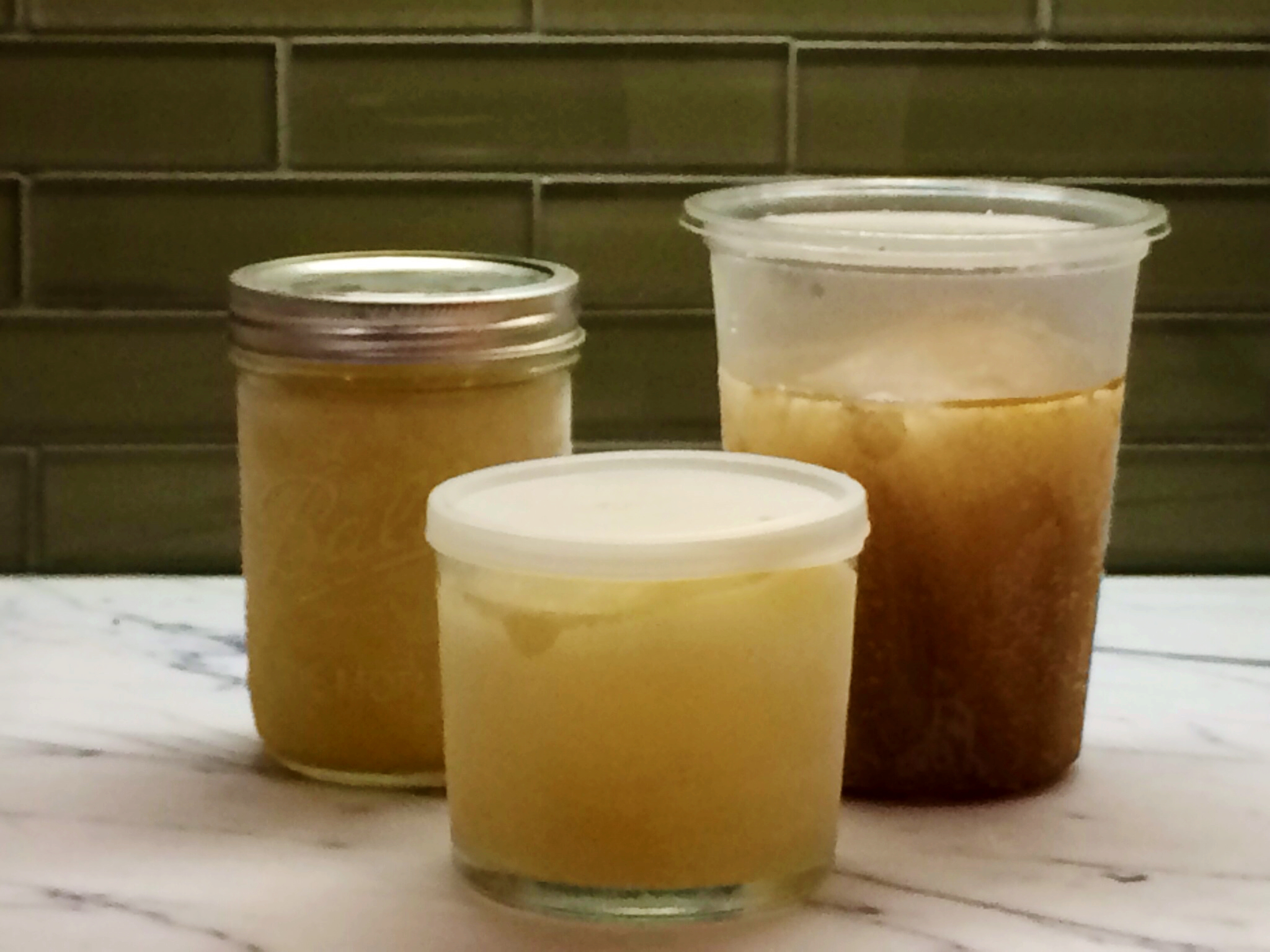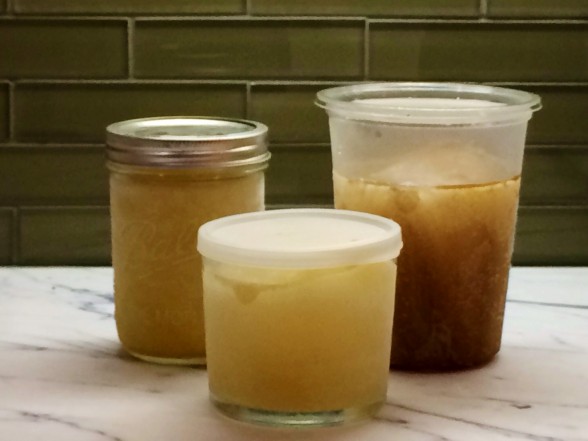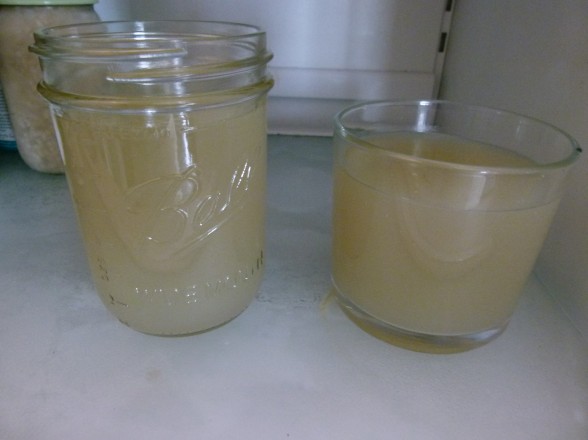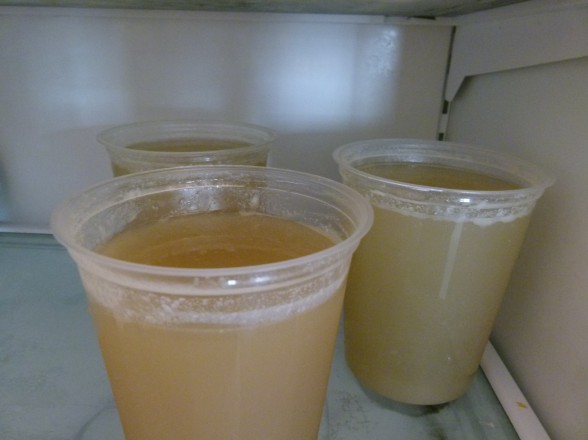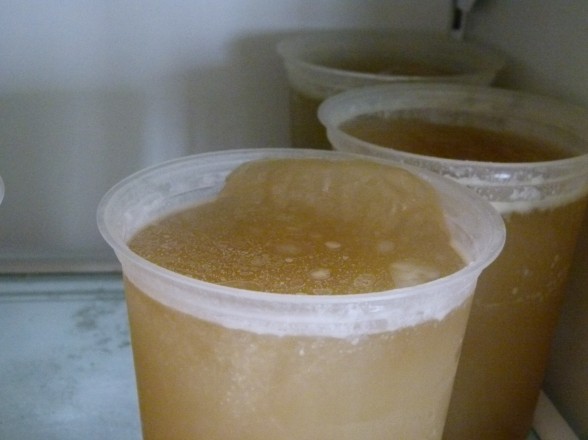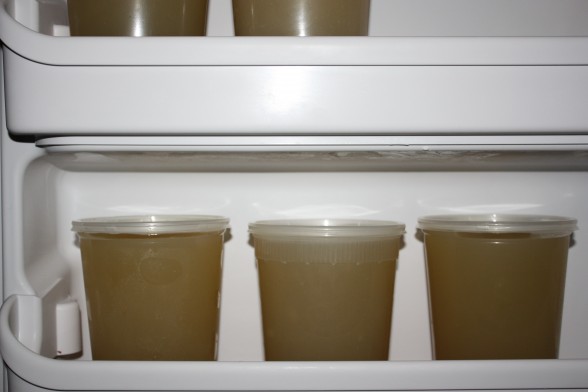Five Friday Favorites 10.24.14
TGIF, friends! Here’s a few of my favorites this week, running the gamut from food to beauty care to kitchen aids and a fun little basket my husband gave me!
Glasslock Containers
Little by little, piece-by-piece, my kitchen is slowly becoming a 100% plastic-free zone. Glass is my preferred medium when it comes to storing food: it doesn’t leach chemicals, cleans easily, doesn’t hold onto odors and is inexpensive. My favorite glass storage products are these Glasslock containers, which I found at The Container Store (check Amazon too!) I do a lot of advance dinner prep, like chopping my veggies before I go to work, and I am so pleased with the way Glasslock doesn’t allow odors to seep out (like onions.) These containers also freeze stock, which I make gallons of every week. This time of year I am stock-ing my freezer (no pun intended), and these containers have made my life much easier. They freeze perfectly with no cracking unlike some other glass jars and even plastic counterparts, and come in a perfect 6.3-cup portion, which allows you to freeze a quart of stock while still allowing room for expansion. I personally love the rectangular sizes so that I am utilizing every last square inch of my freezer! Please, please, please check this post for how to properly freeze liquids in glass without shattering. Of course, you can also use glass to freeze cooked grains, nuts, beans, fruit and the like. I love the littlest Glasslocks for salad dressing in lunch boxes. There are other brands of this type of storage container (such as Store n’ Lock at Bed Bath and Beyond) and Costco has some as well.
Soapwalla Deoderant
We are all aware that antiperspirant is not good for our bodies, right? Sweating is one of the body’s methods for detoxifying. If you wear antiperspirant, you are blocking the armpits from sweating and it stays in the body, close to the breasts. Please chose deodorant only and skip the antiperspirant, especially ones with aluminum. But, I am the first to admit, it’s hard to find a natural deodorant that works, i.e. prevents odor and stink. I posted this natural deodorant on Instagram after I put it to the test on my 3-week trip to Europe this summer when I trekked miles a day in the heat. Everyday I would come back to our room and force my family to smell my armpits because I had no smell. Really. I love, love, love this deodorant. Here’s a bummer though, one of my daughters felt a stinging under her armpits when she used it. So I can’t say it’s for everyone.
Seasonal food: Fuyu Persimmons
The only good thing about peach and nectarine season coming to an end is that soon enough I start seeing one of my favorite fall fruits pop up in the markets- persimmons! Persimmons are high in fiber, B and C vitamins, and anti-inflammatory compounds.
Fuyu persimmons, which are the most common kind and non-astringent, can be eaten raw and crisp while still firm (as opposed to Hachiyas, which must be eaten at the perfect level of softness.) Have you ever tried a Fuyu? They are sweet and juicy and have flavors of honey, apple, and peach (in my opinion.) The skin can be eaten or peeled (I always eat it.) Enjoy this yummy fall fruit fresh raw out of hand, in salads, baked into breads or sweets, chopped into a salsa, or my new fave which is sliced on a piece of toast with some almond butter! If you can get your hands on dried persimmons, you are in for a treat. Super sweet and caramel-y. De-lish!
Here are a few good-looking recipes from around the web:
Persimmon and Pomegranate Salad with Arugula and Hazelnuts from Sunday Suppers at Lucques Cookbook (one of my favorite salads EVER!)
Spiced Persimmon Salsa by Cooking Light
Amie at The Healthy Apple has a bunch of great persimmon ideas here
Roasted Root Vegetable Salad with Persimmons from Food & Wine
Persimmon and Buffalo Mozzarella Salad from The Kitchn
Superfood Spotlight: Raw cacao powder and unsweetened raw cacao nibs
Someone in one of my classes asked me recently why I put raw cacao nibs on everything even though they are unsweetened and don’t taste like regular chocolate. Raw cacao can be an acquired taste for sure. My girls and I like it a lot, Mr. Picky and my husband are not into it. I love the crunchy texture and bitter chocolate flavor that this superfood adds to my oatmeals, porridges, puddings, raw desserts (like my Larabars) and smoothie bowls! You can even use the nibs like you would chocolate chips, in cookies and baked goods. And when paired with unrefined sweeteners such as maple syrup or dates, cacao is the perfect substitution for sugar-laden chocolate in sweets.
Raw cacao powder and nibs come from the cacao bean, which grows on a tree. Cacao nibs are the cacao bean broken into little chunks or “nibs”, and raw cacao powder is the cacao bean finely ground. Because they are raw and have never been heated, none of their beneficial chemical properties has been destroyed (which is the case with cocoa powder and processed chocolate). This allows the cacao bean to have powerful antioxidant properties that fight off free radicals, decrease cholesterol, and can enhance your mood and libido! It is also high in magnesium, which is a nutrient that helps decrease stress. When paired with something sweet, I could definitely be fooled into thinking cacao was chocolate! I buy raw cacao powder and unsweetened raw cacao nibs at Whole Foods, but you can order them online from vitacost.com and amazon.com.
“Best Before” Tuti Fruiti Paper Basket
My husband surprised me with a little gift last week! This super cute eco-friendly basket is one of my favorite new additions to my kitchen countertop accessories. It is made from 100% recycled paper, and is the perfect size for holding lemons, apples, or other goodies. He bought it at the Lost and Found shop in Los Angeles, a unique little shop that carries textiles and handcrafted pieces for the home from all over the world. I’m obsessed with everything there! They even have a website if you don’t live in LA and you’re looking for some cool holiday gifts. 🙂
Have a great weekend! Until next time! xoxo


